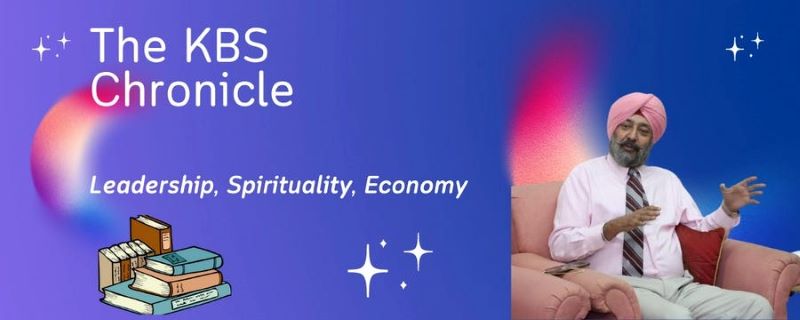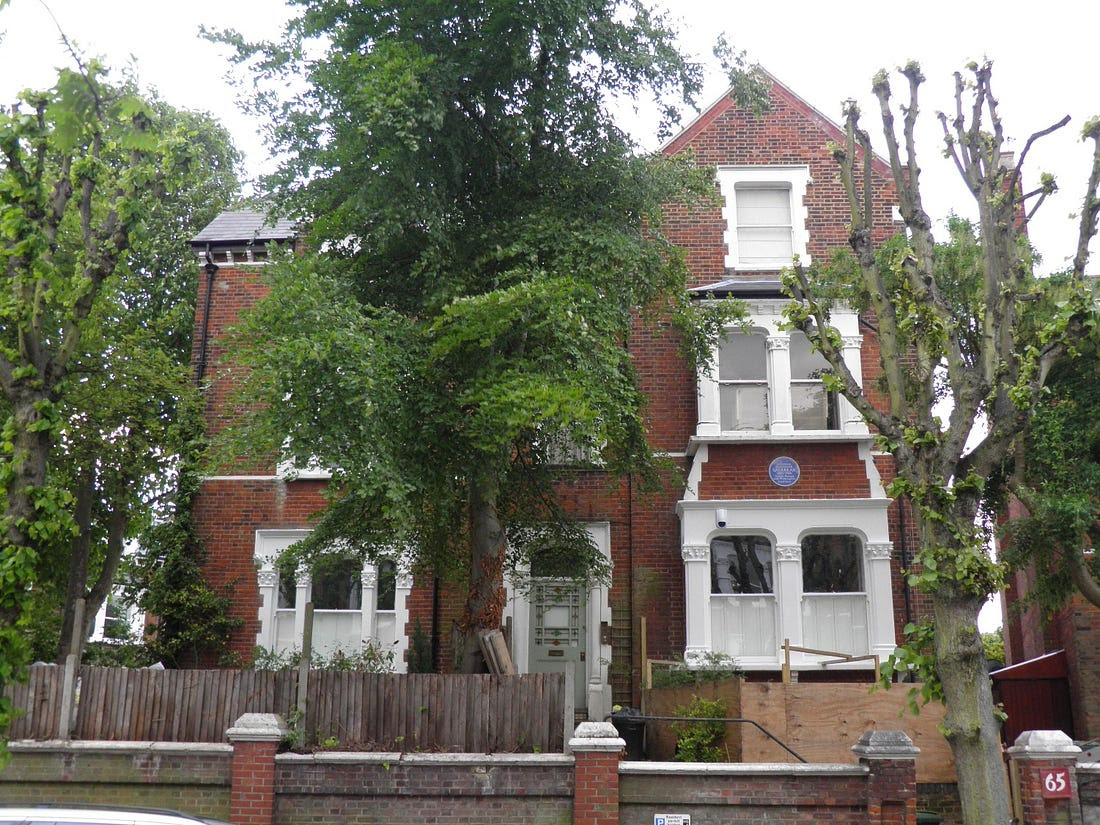 On August 17, 1909, in the grey confines of Pentonville Prison, London, a 26-year-old Indian revolutionary walked calmly to the gallows. As the noose was placed around his neck, Madan Lal Dhingra became the first Indian freedom fighter to be executed on British soil. His death marked not just the end of a young life, but the beginning of a revolutionary awakening that would inspire generations of freedom fighters, including Bhagat Singh and Udham Singh.boloji+3
On August 17, 1909, in the grey confines of Pentonville Prison, London, a 26-year-old Indian revolutionary walked calmly to the gallows. As the noose was placed around his neck, Madan Lal Dhingra became the first Indian freedom fighter to be executed on British soil. His death marked not just the end of a young life, but the beginning of a revolutionary awakening that would inspire generations of freedom fighters, including Bhagat Singh and Udham Singh.boloji+3
Today, as we observe the 116th anniversary of his martyrdom, it is time to remember this forgotten hero whose sacrifice ignited the flame of revolutionary nationalism in India’s struggle for independence.Madan Lal Dhingra was born on February 18, 1883, in Amritsar into one of the city’s wealthiest and most influential families. His father, Dr. Ditta Mal Dhingra, served as the Chief Medical Officer of Amritsar and was a staunch British loyalist who held the title of Rai Saheb. The family owned 21 houses in Katra Sher Singh, six bungalows on GT Road, and had the distinction of owning the first car driven by an Indian in Amritsar.crackittoday+3
Despite being born into privilege, Dhingra’s heart was stirred by the widespread poverty and suffering he witnessed across India. His patriotism was shaped not by personal grievances but by deep socio-economic concerns and an innate sense of justice. While pursuing his Master’s degree in Lahore in 1904, he was profoundly influenced by the burgeoning nationalist movement and leaders like Lala Lajpat Rai and Ajit Singh (Bhagat Singh’s uncle).kamleshsujata+3
The defining moment came when Dhingra led a student protest against the college principal’s order requiring blazers to be made from British-imported cloth. When expelled for this act of defiance and asked to apologize, he chose dignity over comfort, refusing to return home and taking up odd jobs in places like Shimla and Mumbai.indianexpress+2.In 1906, under family persuasion, Dhingra traveled to London to study Mechanical Engineering at University College London. It was in London that his transformation from a nationalist student to a revolutionary freedom fighter reached its climax.crackittoday+2
Dhingra became deeply involved with India House, the revolutionary hub established by Shyamji Krishna Varma at 65 Cromwell Avenue, Highgate. This institution, inaugurated by Henry Hyndman in 1905, served ostensibly as a hostel for Indian students facing racial discrimination in London, but in reality functioned as the nerve center of overseas revolutionary Indian nationalism.iasgyan+3
Under the mentorship of Vinayak Damodar Savarkar and Shyamji Krishna Varma, Dhingra underwent ideological transformation. Savarkar, who had taken over the leadership of India House, turned it into a veritable hotbed of revolutionary activities. It was here that Dhingra honed his revolutionary skills, including marksmanship training that would prove fateful.crackittoday+5
As Dhingra’s anti-British activities became known, his father publicly disowned him, even publishing advertisements in newspapers to distance the family from his son. This act of familial rejection, driven by loyalty to the British crown, left Dhingra emotionally isolated but more determined than ever.historicindia+2

On the evening of July 1, 1909, Dhingra attended the annual ‘At Home’ function hosted by the National Indian Association at the Imperial Institute, South Kensington. Earlier that day, he had spent time at a shooting gallery on Tottenham Court Road, preparing for what was to come.crackittoday+2
Sir William Hutt Curzon Wyllie, the political aide-de-camp to the Secretary of State for India and head of the Secret Police, was leaving the hall with his wife when Dhingra approached him. The two men knew each other personally, which made Wyllie’s guard down. In a moment that would echo through history, Dhingra calmly drew his revolver and fired five shots at point-blank range, four of which found their target.khabar+3
When Dr. Cawas Lalcaca, a Parsee physician, attempted to intervene and save Wyllie, Dhingra shot him twice, killing him as well. The young revolutionary then attempted to take his own life, but finding his revolver empty, he was overpowered by the crowd.revivaloftrueindia+3
When asked his name, Dhingra declared without hesitation: “Madan Lal Dhingra”. His choice of target was strategic – Wyllie had been actively surveilling young Indian radicals and attempting to gather intelligence on revolutionaries like Savarkar and his associates.paash.wordpress+3
Dhingra’s trial at the Old Bailey began on July 23, 1909. Representing himself, he refused to acknowledge the legitimacy of the British court. His courtroom statements revealed the depth of his conviction and the clarity of his revolutionary purpose.open+2
“I do not want to say anything in defence of myself, but simply to prove the justice of my deed. As for myself, no English law court has got any authority to arrest and detain me in prison, or pass sentence of death on me,” Dhingra declared.darkestlondon
He continued with prophetic defiance: “You white people are all-powerful now, but, remember, it shall have our turn in the time to come, when we can do what we like”.darkestlondon
During the trial, Dhingra claimed that he had murdered Curzon Wyllie “as a patriotic act and in revenge for the inhumane killings of Indians by the British Government in India”. When the death sentence was pronounced, he responded with unwavering courage: “I am proud to have the honour of laying down my life for my country. But remember, we shall have our time in the days to come”.kids.kiddle+4
The Final Moments: A Martyr’s Last Words
On August 17, 1909, at Pentonville Prison, Dhingra spent his last night in remarkable composure. He slept well and performed his morning rituals with calm determination. When offered the final prayer by a Christian chaplain, he declined, stating: “I was born as a Hindu and would die as one”.sdcollegeambala+1
As he walked to the gallows at 9:00 AM, Dhingra delivered his immortal last statement, words that would inspire revolutionaries for generations to come:
“I believe that a nation held down by foreign bayonets is in a perpetual state of war. Since open battle is rendered impossible to a disarmed race, I attacked by surprise. Since guns were denied to me I drew forth my pistol and fired. Poor in wealth and intellect, a son like myself has nothing else to offer to the mother but his own blood. And so I have sacrificed the same on her altar. The only lesson required in India at present is to learn how to die, and the only way to teach it is by dying ourselves. My only prayer to God is that I may be re-born of the same mother and I may re-die in the same sacred cause till the cause is successful. Vande Mataram!”darkestlondon
At 9:05 AM, the execution was complete. The executioner gave him an unusually cruel long drop of eight feet and three inches, though the reasons for this excessive measure remain unknown.andrewwhitehead+1
The Price of Martyrdom: Family Abandonment
Perhaps the most tragic aspect of Dhingra’s sacrifice was the complete abandonment by his family. Even after his death, his family refused to claim his body. His brother Bhajan Lal, who was in London, publicly condemned him at a meeting. The entire family dropped the surname “Dhingra” and adopted “Lal” to avoid association with the revolutionary.economictimes+4
This familial disowning continues to this day. Even 116 years after his martyrdom, Dhingra’s descendants refuse to participate in commemorative functions or acknowledge his legacy. The family even sold his ancestral house in Amritsar despite offers to convert it into a museum.vajiramandravi+2
The only person who stood by Dhingra during his final days was Veer Savarkar, who visited him in prison. When Savarkar told the condemned revolutionary, “I have come here to seek your darshan”, Dhingra was emotionally overwhelmed, knowing that someone still cared for him despite his family’s rejection.academia+1
The Enduring Legacy
Madan Lal Dhingra’s sacrifice was not in vain. His act of revolutionary defiance became “one of the first acts of revolution in the Indian independence movement in the 20th century”. His courage inspired a generation of freedom fighters, most notably Udham Singh, who followed a similar path 31 years later by assassinating Sir Michael O’Dwyer in London on March 13, 1940.boloji+3
Bhagat Singh wrote extensively about Dhingra in his sketches of revolutionary freedom fighters, recognizing him as a source of inspiration. The revolutionary’s last words became a rallying cry for those who believed that “the only lesson required in India at present is to learn how to die”.boloji+1
After 67 years, Dhingra’s remains were finally repatriated to India on December 13, 1976, and now rest in Akola, Maharashtra. In 1992, India Post issued a commemorative postage stamp in his honor, and various memorials have been established, though his contribution remains largely unrecognized compared to other freedom fighters.sadashree.substack+1
Remembering the Forgotten Hero
As we commemorate the 116th anniversary of Madan Lal Dhingra’s martyrdom, we must remember that he was perhaps the first Indian freedom fighter to be executed on British soil. At just 26 years old, he chose the path of supreme sacrifice, demonstrating that “resistance to aggression is not simply justified, but imperative”.new.calendarz+2
His story is a reminder that the struggle for independence was not just fought on Indian soil but across the world, in places like London’s India House, where young Indians gathered to dream of a free motherland. Madan Lal Dhingra was not just a revolutionary; he was a symbol of unwavering patriotism who placed his country’s freedom above personal comfort, family ties, and even his own life.
In an age when his own family continues to distance itself from his legacy, it falls upon the nation to remember and honor this forgotten martyr whose single act of defiance lit the flame of revolutionary nationalism that would eventually lead to India’s independence. His sacrifice reminds us that freedom is not granted but earned through the blood and tears of those brave enough to challenge oppression, regardless of the personal cost.
Madan Lal Dhingra lived his conviction that “the soul is immortal” and that true patriots must be willing to make the ultimate sacrifice for their motherland. On this death anniversary, we salute not just a freedom fighter, but a young man whose courage in the face of abandonment and death continues to inspire us more than a century later.